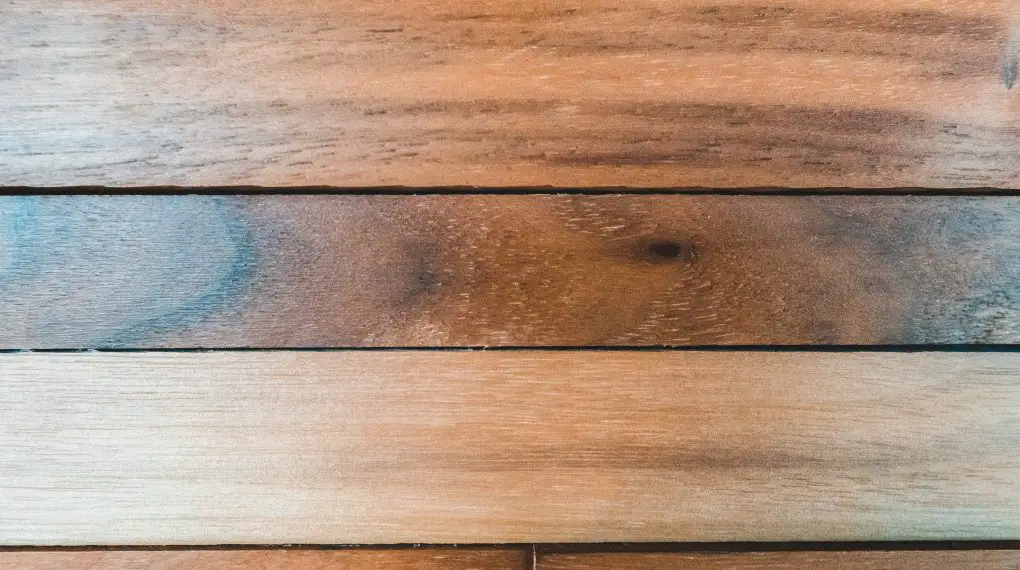If you’re looking for insights on how to sand after staining, you’ve come to the right place. Sanding a stained surface may seem daunting, but don’t worry. This guide is designed to provide a step-by-step tutorial to help you achieve a flawless finish. Whether you’re a DIY enthusiast or a complete beginner, this article will walk you through the process.

Why Sanding After Staining is Important
Sanding after staining serves multiple purposes such as evening out the stain, eliminating rough spots, and preparing the surface for a finish like varnish. Understanding its significance will help you perform the task more effectively.
Things You Will Need
To get started, gather all the necessary materials:
- Fine-grit sandpaper (220- to 320-grit)
- Sanding block or pad
- Tack cloth or a damp rag
- Protective gear (mask and goggles)
Preparation Steps
Here’s how to prepare for the sanding process…
Clear the Workspace of Any Clutter
Before you start, make sure to clear your workspace of any unrelated items or debris. This includes removing tools that you won’t need for this particular task. A clutter-free workspace not only enhances your safety but also allows you to focus solely on the task at hand.
Put On Your Protective Gear
Safety should always be your first concern. Protective gear, such as a dust mask and safety goggles, are essential. The mask protects you from inhaling wood dust, which can be harmful to your respiratory system. Safety goggles keep the dust away from your eyes. Put these on before beginning your work to create a safer work environment.
Inspect the Stained Wood Surface for Any Uneven Areas
Give your stained wood piece a thorough look-over. Pay close attention to the corners, edges, and any areas that might have an uneven layer of stain. Knowing where these areas are ahead of time will help you when you start the sanding process.
Step 1: Attach the Sandpaper
For this task, it’s advisable to use fine-grit sandpaper, typically in the range of 220- to 320-grit. This type of sandpaper is best for lightly sanding stained wood surfaces. Make sure the sandpaper is securely attached to your sanding block or pad. The paper should be taut and flat against the block to avoid any creases or loose edges that might create an uneven surface.
Step 2: Test on a Small Area
Find a hidden spot on your wood piece to test your sanding technique. A small test helps you gauge the pressure you need to apply and the motion required to sand effectively without removing too much of the stain. This step can save you from making a costly mistake later on.
Step 3: Begin Sanding
Sanding requires a delicate touch. Apply light pressure and make even strokes, always moving the sandpaper along the direction of the wood grain. This prevents scratching and helps you maintain a consistent stained finish. Avoid pressing too hard, as you don’t want to remove more of the stain than necessary.
Step 4: Wipe Down the Surface
Once you’ve completed the sanding, it’s important to remove any residual dust. Use a tack cloth or a slightly damp rag to wipe down the entire surface. This step is crucial for preparing the wood for any additional finishes or for a final coating.
Step 5: Inspect and Repeat
After wiping down the surface, take a moment to inspect your work. Run your hand gently over the wood to feel for any rough or uneven spots. Look at the wood from different angles to check for inconsistencies in the stain. If you find any areas that need further attention, go back and lightly sand those specific spots.
For more articles on sanding, click here: Sanding: Your Full-Circle Guide to Smooth Mastery
Conclusion: How to Sand After Staining
Sanding after staining isn’t just for professionals; it’s a task you can handle with the right approach. By following this guide on how to sand after staining, you are well on your way to achieving a polished, refined wood surface.